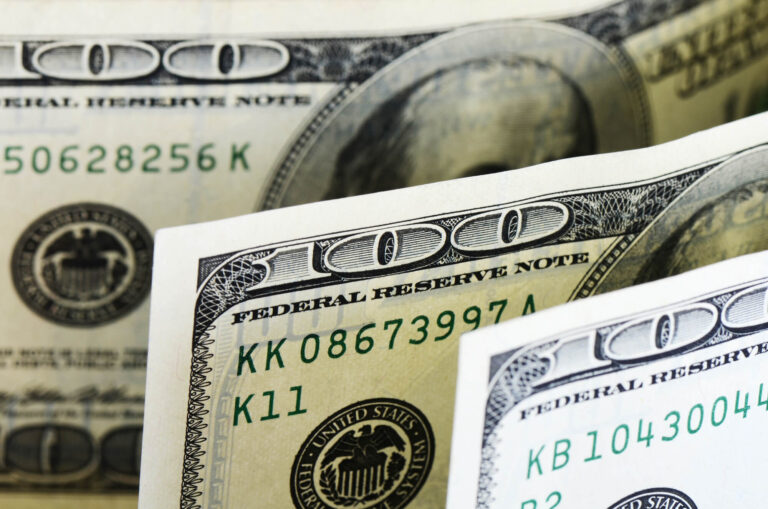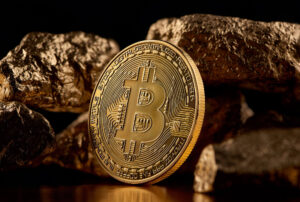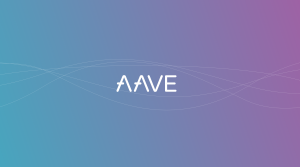Fiat money and its currencies are government-created money, such as the Euro, Dollar or Yen. Fiat money has no intrinsic value. It is not backed by a physical commodity, as is the case with commodity money.
Fiat currencies serve as a medium of exchange and are recognised as legal tender. The word "fiat" comes from Latin and is often translated as "it will be" or "it will be done". The opposite of fiat money is commodity money. Commodity money has both exchange value and intrinsic value. Examples of commodity money are for example grain, rice, tobacco, gold and silver.
History of fiat money
The first use of fiat money dates back to the 11th century in China during the Tang Dynasty. In 1024, paper money was introduced as a means of payment called "Jiaozi". Chinese financial institutions performed all the basic banking functions: raising capital, lending, issuing banknotes, exchanging currency and making long-distance transfers.
In the 17th century, Europe also began to implement the new monetary system. It was first introduced in Sweden to overcome the shortage of coins. This innovation revolutionised the economic system by facilitating trade and reducing the risk of transporting money.
In 1971, during President Nixon's administration, the United States abandoned the gold standard and adopted a monetary system based solely on fiat currency. This and other major policy decisions to combat nationwide inflation are known as the Nixon Shock.
Advantages and disadvantages of fiat money
Some advantages include:
- Flexibility
Under the gold standard, banks and governments were limited in what they could do. They could only issue as much paper money as they had in commodity reserves. With fiat currencies, central banks have more options to regulate credit, liquidity and the flow of money in the country, dampening negative effects on the economy. - Cost-effectiveness
Printing paper money is much cheaper than minting coins (silver, gold or other metals). - International trade
Most countries in the world use a fiat currency system that recognises each other's currencies, which facilitates international trade.
However, there are disadvantages:
- No reserves
Fiat currencies have no intrinsic value. Their assigned value is based solely on confidence in the government. If the government and central banks fail, paper money loses its value and becomes worthless if it cannot be used to make payments. There are no reserves against which it can be exchanged. - Less stability
While fiat money is currently less volatile than cryptocurrencies, systems like the gold standard offer the greatest stability of value. Gold is a limited resource and will always have a certain value. - Inflation
Fiat money can be printed at will by central banks, leading to inflation if the money supply grows faster than productivity.









